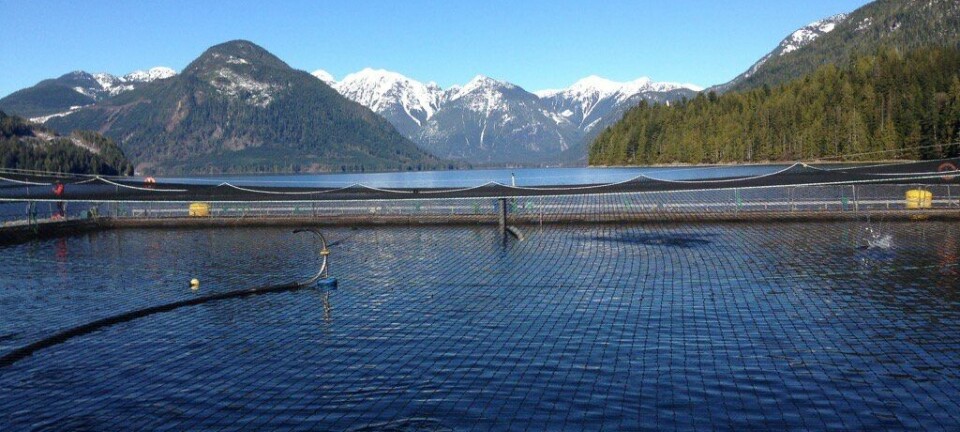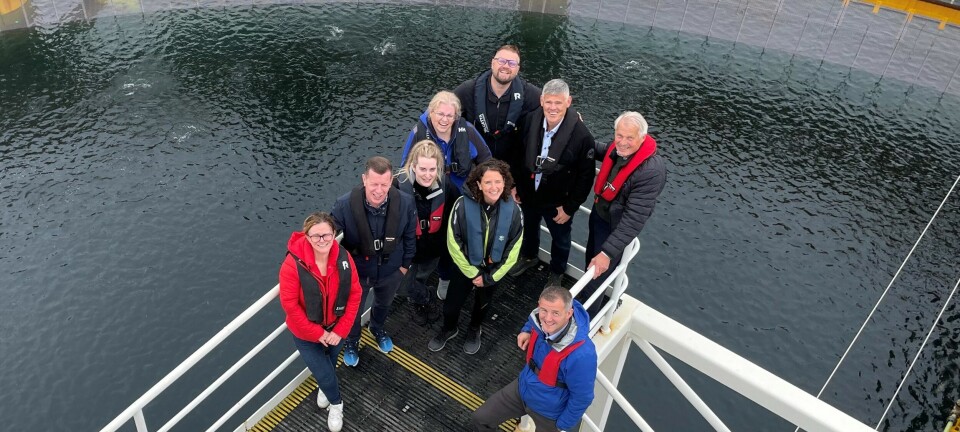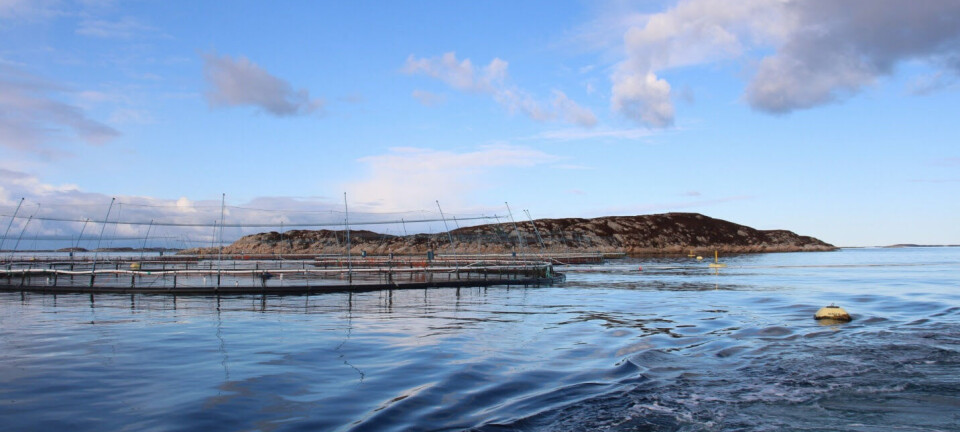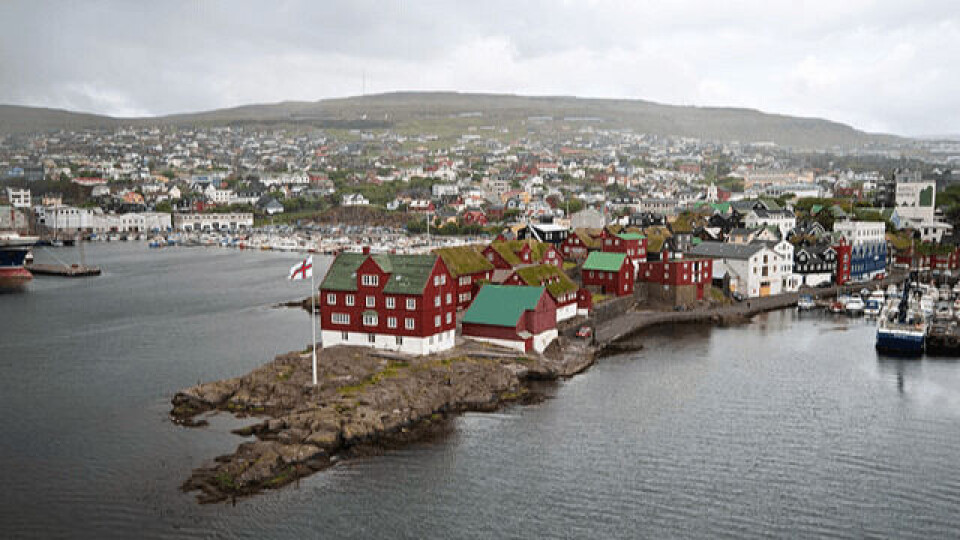
Aquaculture Awards winner BMT and Marine Scotland to speak at Sealice Conference
The first in-person edition of the Sealice Conference in four years takes place in Tórshavn in the Faroe Islands next week and offers a packed programme of presentations lasting between five and 20 minutes from an international array of nearly 70 speakers.
After a welcome reception and registration on Monday evening, the conference begins on Tuesday morning with a session on sea lice biology, which includes a talk on linking abundance of free-swimming sea lice to fish farming activity and environmental cues from researcher Gunnvør á Norði, head of department at Faroese aquaculture research station Fiskaaling, which is organising the conference.
The afternoon session is on modelling and epidemiology and begins with a presentation titled “Designing a Decision Support System to inform ‘beyond best practice’ farm management” by David Vale, principal consultant for the UK branch of international maritime-orientated design house and technical consulting firm BMT.
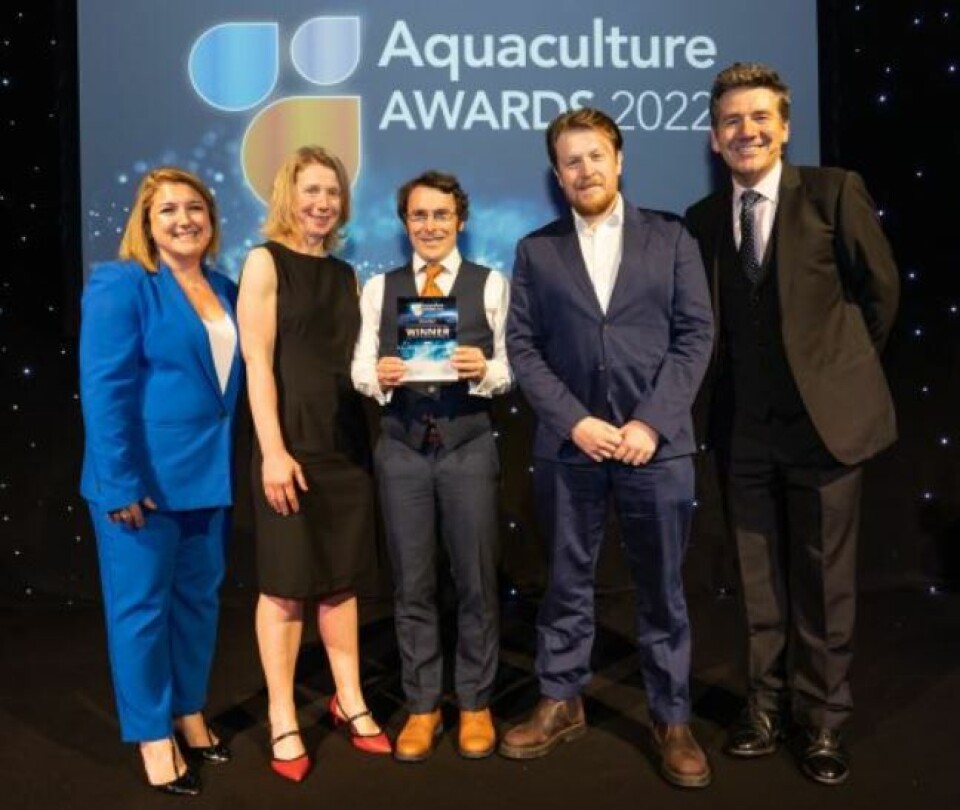
Modelling tool
The company this week won the Innovation prize at the Aquaculture Awards held at Aquaculture UK in Aviemore, Scotland, for its marine modelling tool that places farm sites in areas less likely to have high levels of sea lice and that the company claims will contribute to significant reductions in the cost of sea lice management measures.
Another speaker in the session is Alexander Murray, leader of the Fish Health and Welfare Group at Marine Scotland Science, who whose presentation is called “Developing a framework for assessing spatial and temporal variability in parasite density in Scottish waters – implications for wild salmon smolt migration”.
Wild fish interaction
Murray is lead author of the paper “A simple modelling tool for assessing interaction with host and local infestation of sea lice from salmonid farms on wild salmonids based on processes operating at multiple scales in space and time”, which was published in the journal Ecological Modelling in March last year.
The paper contends that sea lice are a major problem for wild salmonid fish; that small scale swimming behaviour of sea lice has big impacts on infestation rate; that infestation rates peak for fish of moderate to low velocity; and that understanding of these drivers is important for planning sustainable aquaculture.
The effect of a warmer climate on the salmon lice infection pressure from Norwegian aquaculture will be addressed by Dr Anne D Sandvik, from Norway’s Institute of Marine Research, and Andrew Coates, from the University of Melbourne, will give a talk entitled “A metapopulation model reveals hotspots in the evolution of treatment resistance in salmon lice”.

Genetics
Wednesday morning’s speakers look at genetics and the genome of both salmon and sea lice, and at lunchtime there is a technical presentation – “Recognising the sea lice management challenges and how we together influence the future” - by Benchmark Animal Health, which markets lice medicines Salmosan and Ectosan Vet. The presentation will be made by Benchmark’s global head of market development, Carolina Faune, and will cover the importance of welfare, strategic sea lice management and future focused solutions.
Wednesday afternoon is split into sessions about medicinal treatments and non-medicinal treatments, including presentations about the rapid development and dispersal of lice resistance to delousing agents throughout the north Atlantic, sea lice during freshwater treatment, a comparison of mechanical and thermal delousing methods, and a look at the use of cleaner fish and optical laser in combination with depth-based prevention (snorkel sea cages).
Welfare and interactions
Thursday morning starts with a session about fish welfare, which is followed by one about wild fish interactions. This includes a five-minute presentation entitled “Critical lice loadings to protect wild Atlantic salmon smolts” by Marine Scotland Science fish health researcher Stephen Ives.
The afternoon sessions look at lice impacts on sea trout and other lice-related topics. Speakers include Cemlyn Barlow, an environmental consultant for BMT, whose presentation is called “Marine spatial planning tool for digital environmental impact assessment: Case study application for Scottish salmon aquaculture.”
The full conference programme is available here.






















